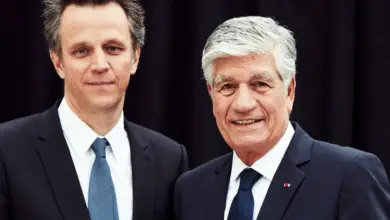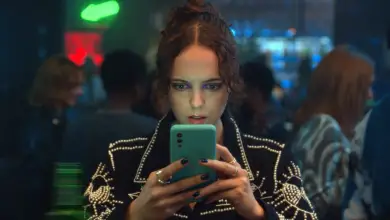Sacha Reeb: how a Cannes jurist learned to stop worrying about data and love cyborgs
By Sacha Reeb, executive creative director of experience design agency Critical Mass London.


Taking part in the Cannes creativity festival as a judge in the Cyber category was an immense privilege. Debating with some of the sharpest minds in the industry was also an extraordinarily humbling experience. Being receptive to the other judges’ opinions and playing by rules was a surprisingly challenging experience.
But I’m thrilled I did it; most of all because it reacquainted me with what a Cyber Lion means and, more broadly, what it means to think about digital’s potential and unexplored possibilities. I think the other judges felt the same way.
As the time came for the jury to deliver its shortlist, it was hard not to predict who the Grand Prix contenders would be. ‘Dreams of Dali,’ ‘The Field Trip to Mars’ and ‘The Next Rembrandt’ were sticking out of the pack.
The Field Trip to Mars and Dreams of Dali were two very different VR executions – both hugely compelling. Field Trip took a group of middle-schoolers on an immersive bus trip to Mars, while Dreams of Dali offered visitors the opportunity to explore the depth of the ‘Archaeological Reminiscence of Millet’s Angelus.’ In both cases, the experience owed its existence to VR technology. The jury loved them.
But then there was The Next Rembrandt – an experimental project using deep learning algorithms to create an original painting that was so stylistically consistent with Rembrandt’s work, it may as well be the real thing.
Having a passion for contemporary art, I was loath to consecrate a machine that recreated works by a 17th century painter with our industry’s highest award. Honestly – who needs another Rembrandt?
My attitude is this: artists and designers alike are engaged in the kind of cultural work that was once the privileged domain of the Rembrandts of the world – so shouldn’t we raise the profile of works (and creative people) that are anchored in the present moment?
Time went by and, after days of debating bronze, silver and gold, it was time to award our Grand Prix. And it wasn’t ING’s Next Rembrandt. But something nagged us. So we talked. We talked and debated and argued, and eventually found that we shared a basic opinion that, try as we might, we couldn’t quite..exorcise.
The Field Trip to Mars and Dreams of Dali delivered genuine thrills, brilliance and wonder – and they offered a glimpse of the potential of VR. Though it also became clear to the jury that VR’s full content and technological potential had yet to be reached. It deserved Gold but didn’t deliver the innovation, or the magic, or the seeming “miracle” that we look for in a Cyber Grand Prix.
And that was exactly what the team behind the Next Rembrandt had achieved. There is a new breathtaking work of art in the world (not my cup of tea, but breathtaking nonetheless) because someone explored an unimagined frontier of digital and opened the door to greater things.
So we, The jury, took another vote and the team that created the Next Rembrandt got the Grand Prix. The world got itself a cyborg-Rembrandt. ING got a bump in its reputation as an innovator. Life goes on.
Now, what’s truly promising and inspiring about this Cyber Grand Prix are its open ended layers, its entirely new creative process (which holds true for any work of art) and its redefinition of what a creative process can be. (In this case, using data to give birth to true physical magic.)
What the jury saw in The Next Rembrandt is a more profound vision of the future than an innovative use of new technology (like VR). Profound visions and transformative ideas are what we humans become infatuated with. They’re what opens our minds and carries us out of our silos.









